Whether you prefer the stiffness and control of stainless steel or the flexibility and resiliency of nitinol, Cook Medical has a comprehensive assortment of wire guides to fit your preferences and meet your procedural needs.
Start exploring our wire guide lineup. Click on the product name for more information and for additional resources.
Nitinol
Nitinol—a nickel titanium alloy—is flexible and resists kinking. Our nitinol wire guides have a hydrophilic coating to reduce friction, and they feature 1:1 torque control that enables you to manoeuvre the wire guide with precision.
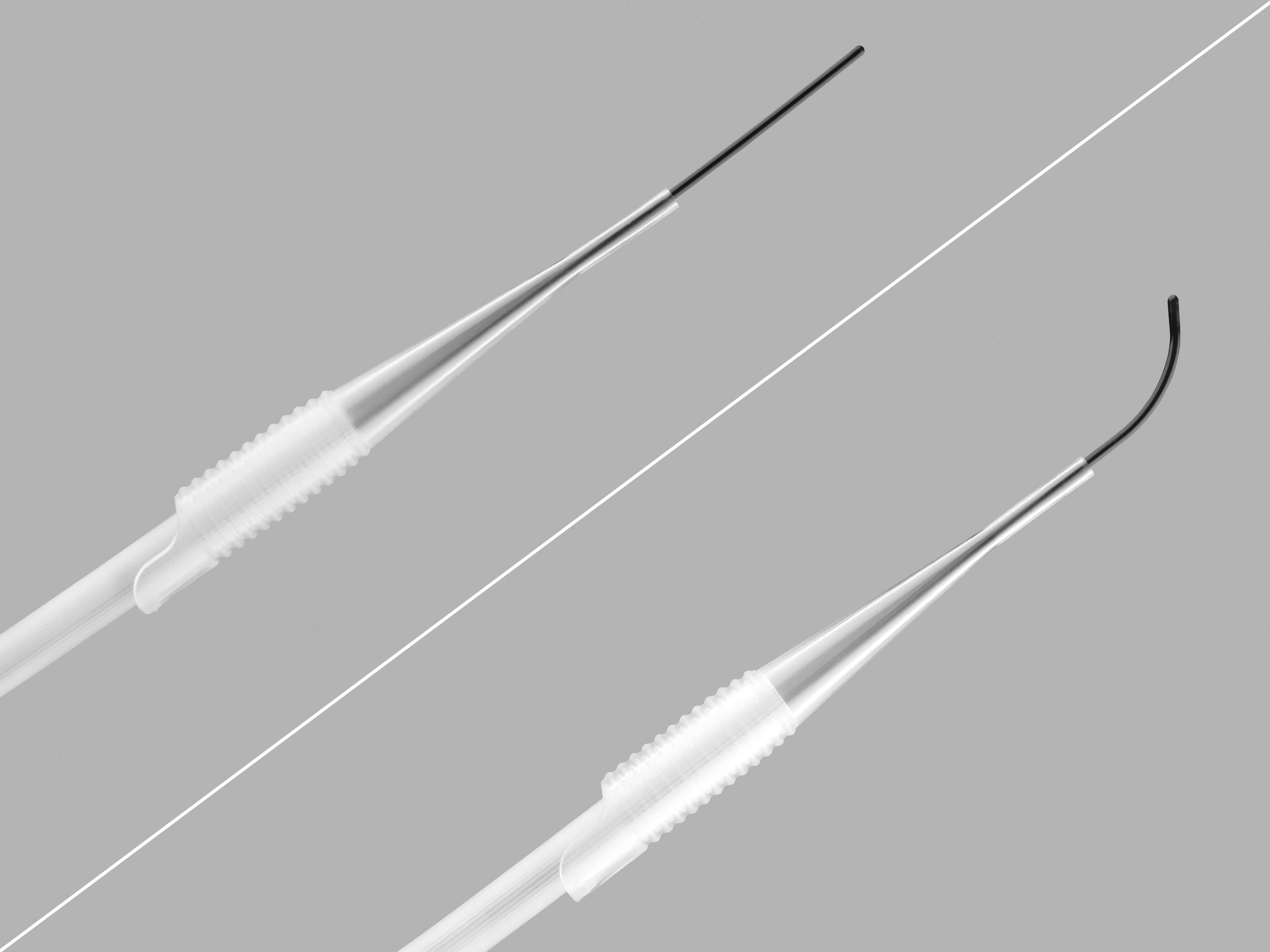 HiWire®Nitinol Core Wire Guide
HiWire®Nitinol Core Wire Guide
Used to gain ureteral access, to establish a tract, and to assist in the placement, replacement, and exchange of medical devices during urological procedures. Choose between standard- and stiff-body options.
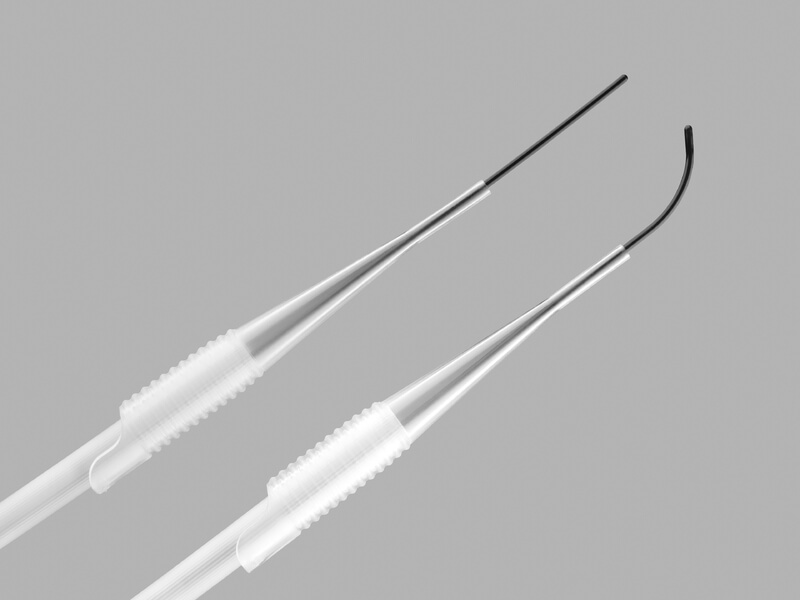 BiWire®Nitinol Core Wire Guide
BiWire®Nitinol Core Wire Guide
Used to gain ureteral access, to establish a tract, and to assist in the placement, replacement, and exchange of medical devices during urological procedures. The BiWire has flexible tips at both ends—a straight tip on one end and an angled tip at the other. Choose between standard- and stiff-body options.
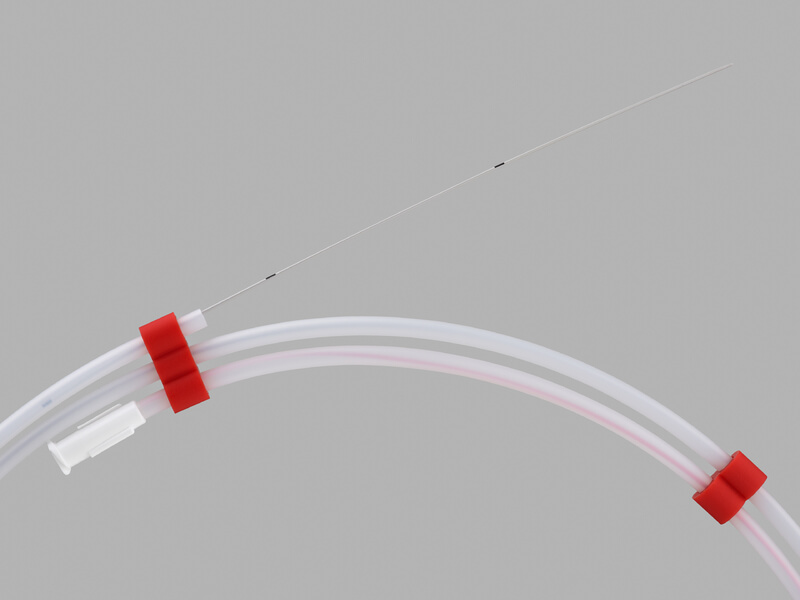 Roadrunner®PC Hydrophilic Wire Guide
Roadrunner®PC Hydrophilic Wire Guide
Used to gain ureteral access, to establish a tract, and to assist in the placement, replacement, and exchange of medical devices during urological procedures. May also be used for catheter positioning and exchange in a tortuous or kinked ureter, traversing a stone en route to the kidney, or in cases demanding enhanced control and high radiopacity. Choose between standard- and stiff-body options. Double flexible tip configurations are also available.
Stainless steel
Designed with a PTFE coating for tactile control and manoeuvrability, our stainless steel wire guides give you the firmness to access and navigate the urinary tract.
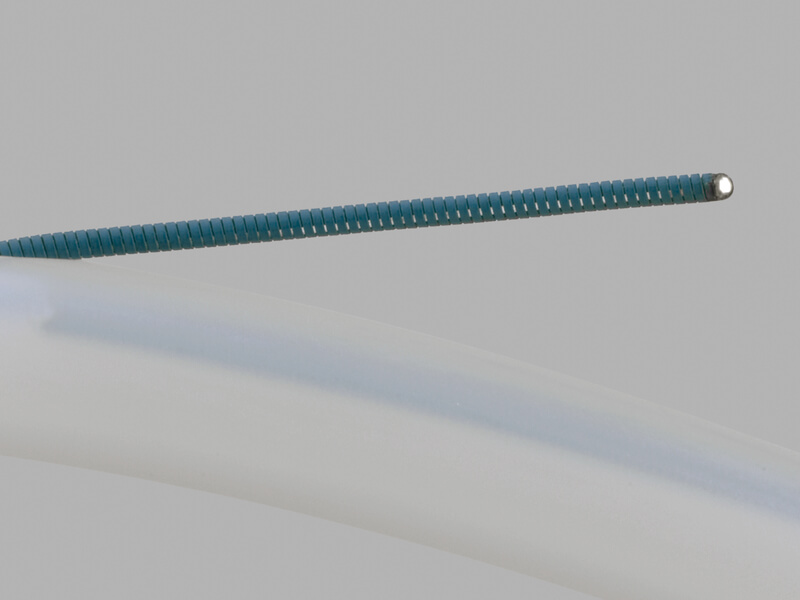 Amplatz Fixed Core Wire Guide
Amplatz Fixed Core Wire Guide
Used to establish a tract and assist in the placement of medical devices. Choose between, stiff, extra-stiff, and ultra-stiff options.
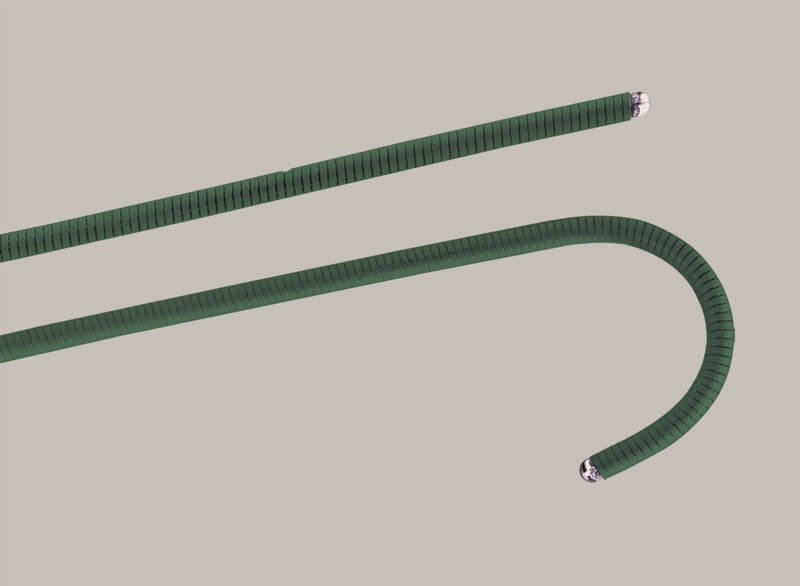 Fixed Core Wire Guide
Fixed Core Wire Guide
Used to gain ureteral access, to establish a tract, and to assist in the placement, replacement, and exchange of medical devices during urological procedures. Choose between standard and Bentson options.
 Movable Core Wire Guide
Movable Core Wire GuideUsed to gain ureteral access, to establish a tract, and to assist in the placement, replacement, and exchange of medical devices during urological procedures. Choose between standard and Coons-Bentson options.